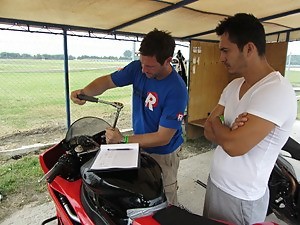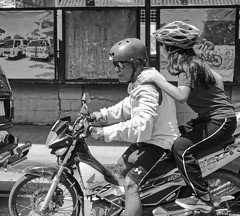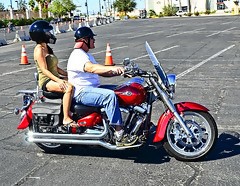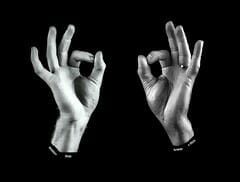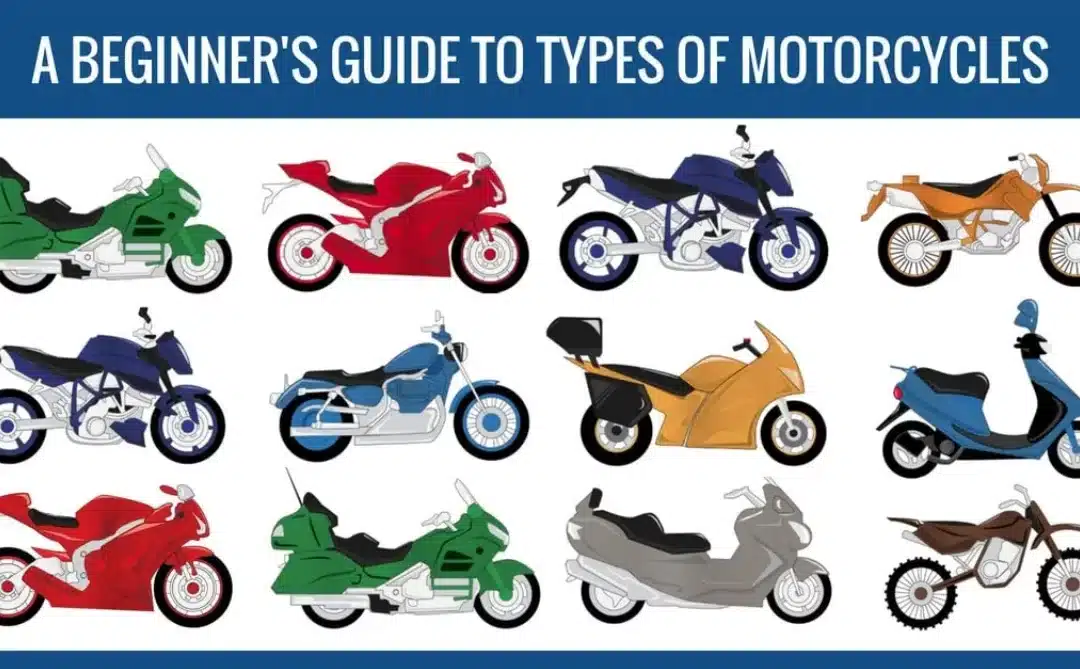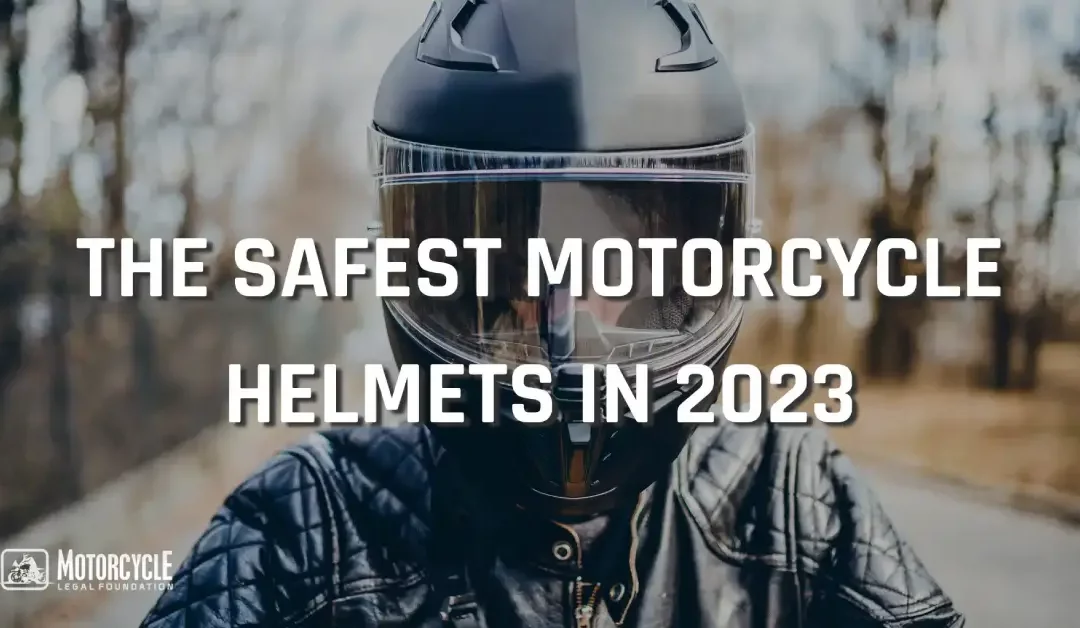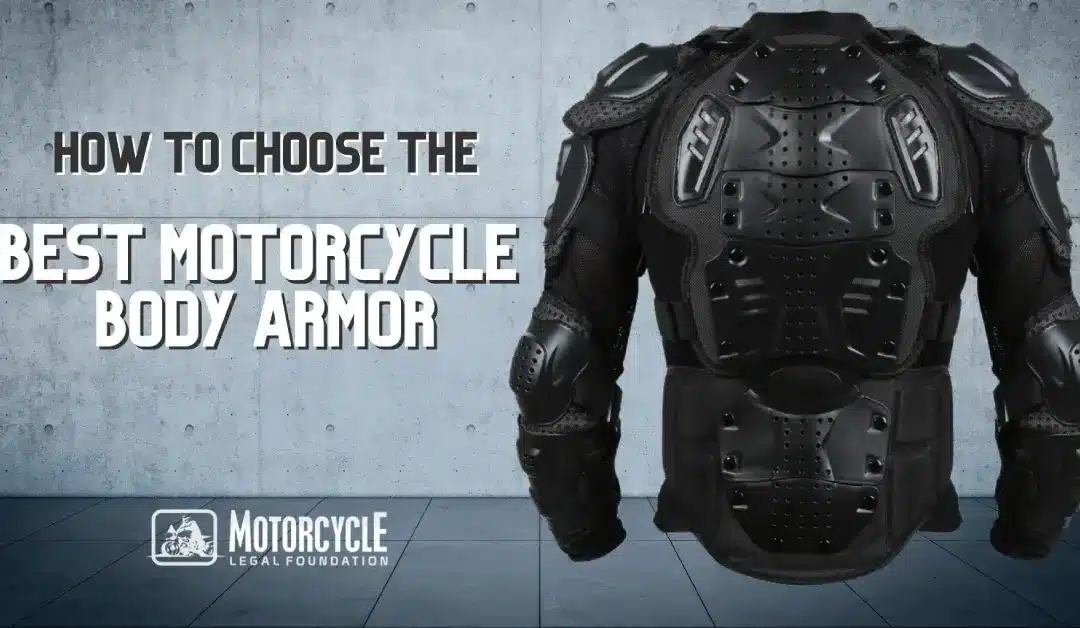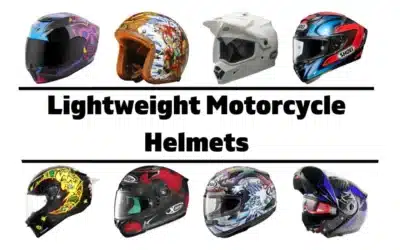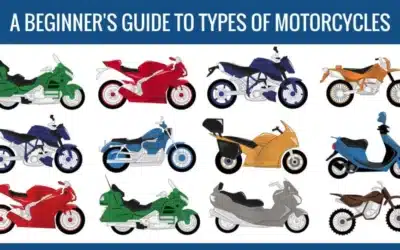Riding with a passenger can be one of the best parts of a long motorcycling career. Riding with a spouse, a friend, or just giving someone a lift, is a good chance to ride two-up. The additional dynamic weight of a passenger adds some limitations to riding a motorcycle, and also some potential danger. Knowing how to ride with a passenger, and knowing what to do if you are the passenger, is something all motorcyclists and passengers need to know. Is this article we’ll cover both sides of riding double: the driver and passenger expectations.
It’s About Teamwork

Riding with a passenger adds additional weight to the motorcycle, and depending on the size of the passenger that may or may not dramatically change how the motorcycle rides. At the basic level, riding double on a motorcycle requires teamwork. The driver and passenger need to understand how to work together for the motorcycle to ride safely.
How Does a Passenger Affect the Ride?
Imagine that you’re riding a medium sized motorcycle that weighs 500 pounds. The normal rider of the motorcycle weighs 200 pounds. Combined they weigh 700 pounds, and then you add a passenger to the motorcycle. If your passenger weighs 100 pounds, you would be adding 14% more weight to the motorcycle. Add a 150 pound passenger, that’s 21%. Add 200 pounds, that’s bordering on 30% increase. You may think that 15% between a smaller passenger and a larger passenger doesn’t make much difference, but in fact it can make a huge difference to how the motorcycle rides and handles.
Adding weight to a motorcycle can compromise the ride safety if the suspension isn’t set correctly. The motorcycle may sag and not react to bumps in the road. Too much weight may cause the motorcycle to bounce more than normal, and not handle leaning as easy without the extra weight. Your braking distance will be longer due to the extra weight, and the motorcycle will accelerate slower than without a passenger. At the core, riding with a passenger changes how your motorcycle rides and handles, and that is something that will take practice to safely ride.
Tips for Riding with a Passenger

- Getting seated: As the main rider, or driver of the motorcycle, it is your responsibility to get on the motorcycle first before your passenger. Once you’re seated on the motorcycle, you can stand it up and take it off the side or center stand. At that point you’ll have full control of the weight of the motorcycle. When you’re ready, your passenger can then mount the motorcycle. If the muffler has only one muffler, the passenger should mount the motorcycle from the opposite of the motorcycle for safety and ease. If the motorcycle has mufflers or exhaust on both sides, they may be able to mount the motorcycle from either side. They should mount the motorcycle or whichever side it easier for them. They can place their hands on your waist or shoulders to help stabilize them as the mount and sit on the motorcycle.

- Turning and leaning together: The passenger doesn’t do much to help turn or lean the motorcycle, but they can affect both negatively. In order to keep balance with a passenger, they should be looking over the shoulder of the rider and into the lean or the turn. If you are leaning or turning to the right, the passenger should be looking over the right shoulder of the driver. The same can be said for a left turn: they look left. If they look over the shoulder of where they are going, they don’t need to lean into the turn or try to assist the driver. They should stay neutral. One thing they shouldn’t do is lean or look counter to where they are going. Looking right or leaning right when the motorcycle is going left means they will counteract the movement of the motorcycle. This can keep the motorcycle from turning or leaning, which means you may not navigate through a corner correctly or safely.
- Coming to a stop: When the motorcycle comes to a stop, the passenger stays seated with their feet firmly on the foot pegs. The rider should be the one to put their feet down to keep the motorcycle balanced at a stop. It doesn’t matter if it’s a stop at an intersection, or for a break off the motorcycle. The rider places their feet down until the motorcycle is stabilized. If you’re stopping for a break, the passenger can dismount after the rider has stabilized the motorcycle and it’s safe for them to get off the motorcycle.
Passenger Age Restrictions
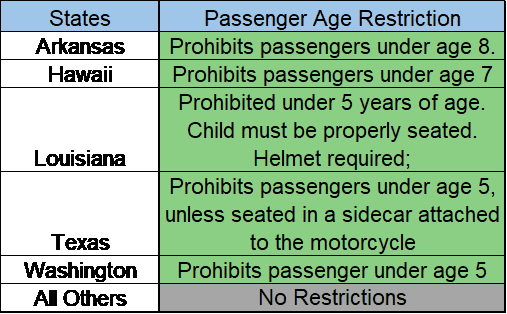
- Passenger restrictions: Five states dictate that the passenger can’t be under the age range of 5-8 years old. Each of these five states has a different age restriction, and Texas adds that the passenger can be under 5 years old if they are in a side car. Louisiana restricts under the age of five, and adds that the child must be properly seated with a helmet on.
- No restrictions: The other 46 states / territories have no restrictions on passengers. You should just use your best judgment for your passenger. They need to have the same safety gear as the operator. ATGATT definitely applies.
Passenger riding laws was also part of a larger article focusing on six key laws all motorcyclists should know. Check that article out here.
Tips for Riding as a Passenger
- What to Expect – The first thing to expect as a passenger is the feeling that you’re not in control. You’re not the one driving the motorcycle, and that may not be something certain people will enjoy. It may take a little time to get used to the feeling of being a passenger on a motorcycle. The feeling of the wind across your jacket and helmet, the openness of riding without a steel structure around you, and the ability to hear your surroundings.

- Before you ride – Before the driver swings a leg over the motorcycle, you need to have a quick discussion on when the passenger should get on or off, where everyone is comfortable placing hands for holding on, and what to expect for acceleration and braking. If the passenger isn’t familiar with mounting a motorcycle, a quick demonstration of where the foot pegs are located is easy to cover. The driver should also cover how they will tell the passenger when it’s safe to mount and dismount the motorcycle. That may be a simple ‘OK’ out loud, a hand gesture, etc. The type of motorcycle you’re riding may also accelerate and brake more that a new passenger can expect, and the driver needs to be aware that their passenger may not understand how fast the motorcycle can accelerate and stop. It’s best to ensure they are ready when you twist the throttle to the stop or push the brakes to the limit.
- Leaning for corners and turns – As a passenger, you can have some influence over the leaning or cornering. You can move your weight into a lean to increase the amount, or away from the lean to counteract it. Your goal is to stay neutral and allow the driver of the motorcycle to control a lean or a turn. If they try to go too far, and go beyond your comfort level, it will be up to you to communicate that to the driver. Staying neutral is pretty easy to do too. Stay relaxed with your posture and look over the shoulder of the driver into the lean or corner direction. Leaning left means looking left. Leaning right means looking right. Looking where you’re going and staying focused on where the motorcycle is headed will make it easy to stay relaxed.
- During acceleration and braking – During the go and stop of the ride, you just need to stay focused on what is happening. You should be slightly leaning forward in a comfortable posture, arms tucked in, and holding on to the motorcycle or the driver. Your posture should mimic the driver a little bit by knees tucked in to the motorcycle, and looking up and ahead at the road. You should try to keep a little a little space between the rider and passenger and be careful to not hit helmets. It’s easier to do than you’d think if the passenger isn’t ready for a quick acceleration or braking session.

- The motorcycle itself – Not every driver and passenger have a complete understand of all the parts, what they do, and what to avoid. Taking a few minutes to cover where a passenger should and shouldn’t grab and touch can provide a safe ride today and in the future. Where to rest their feet, how to avoid contact with the exhaust and drive chain / belt, what tends to be oily, and other quick things to cover will keep the passenger safe for the ride.
Riding a motorcycle with a passenger is a great way to add some extra adventure to your favorite ride. Some passengers get familiarized with riding and enjoy it so much that they take a class to become a driver themselves. Then they can initiate a passenger and start the cycle again. Taking a few minutes to understand how a motorcycle changes by adding a passenger can help the driver and passenger stay safe. In that time, you can also cover signals for communication, how to ride, where to look, and what to expect while on two wheels. Take extra time before the ride to cover all aspects of what to expect and what to avoid, and you’ll have a great ride for both the passenger and driver. Be safe out there!

